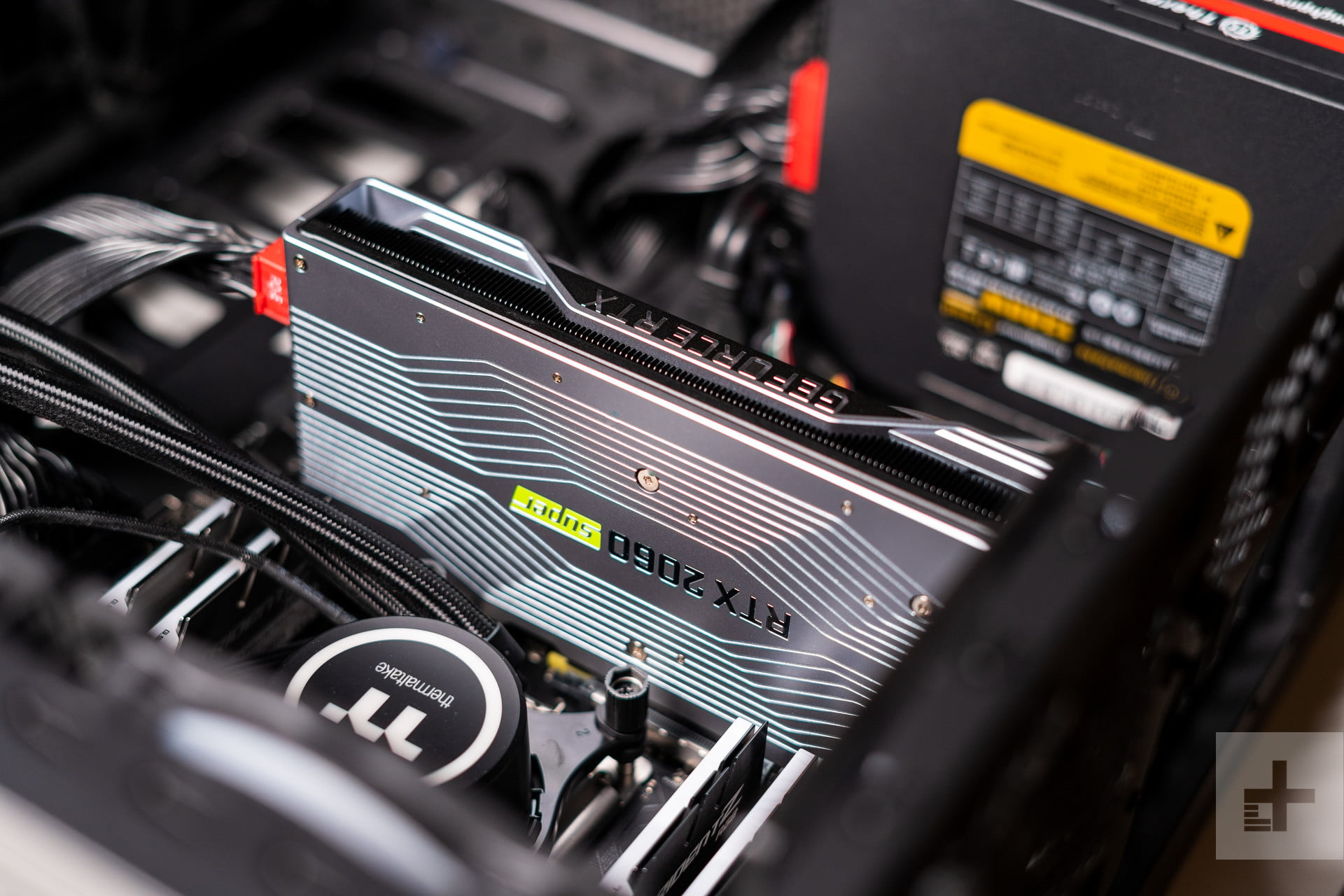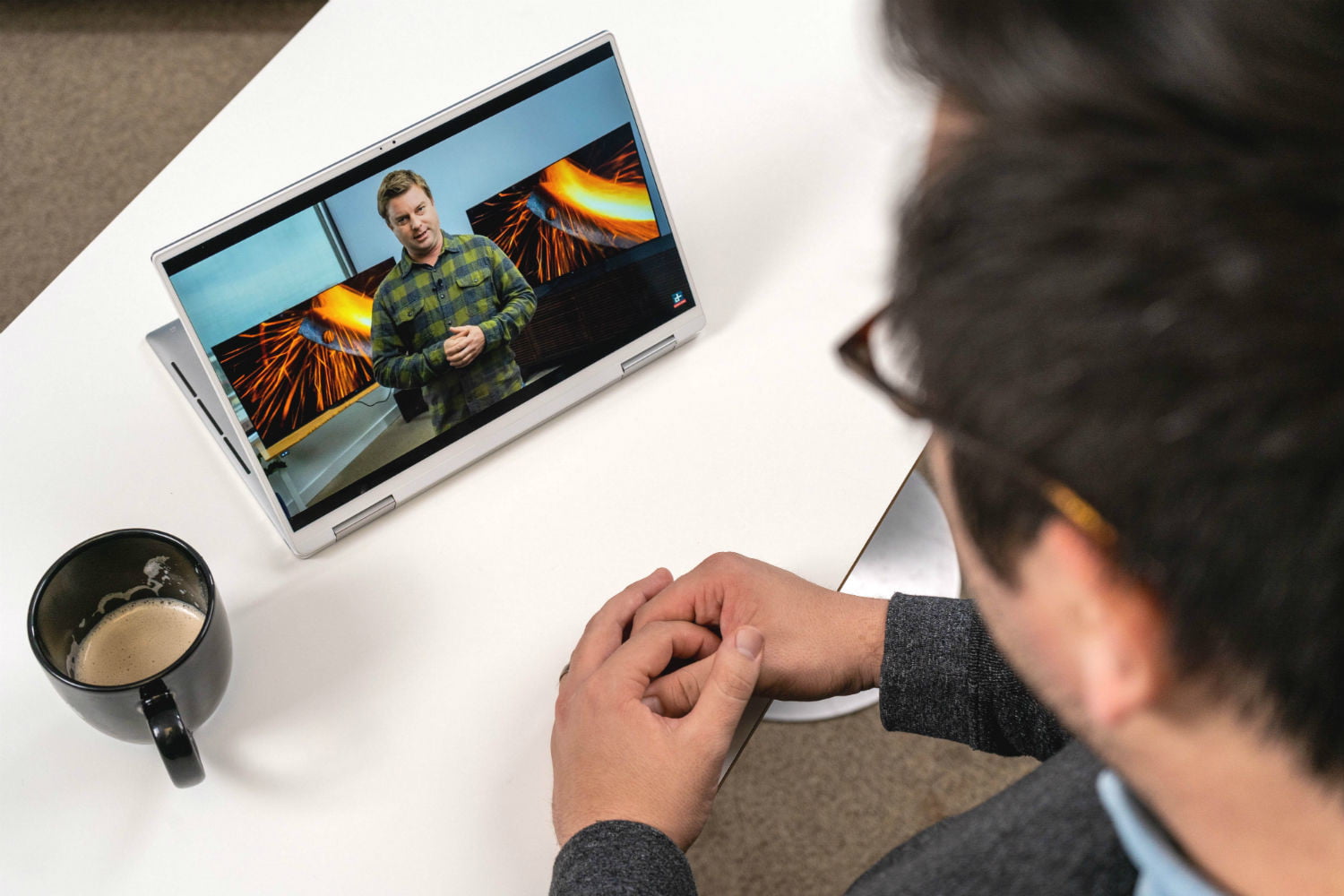Over the weekend, Korean media reported that a group of unidentified hackers had recorded and distributed photo and video files from the smart home security devices of over 700 apartment complexes.
South Korea is known for having a well-connected broadband and wireless network system where it is common for Internet of Things (IoT) devices to be installed in residences. IoT devices are your everyday objects and intelligent devices that connect to the internet, such as smart lighting, smart vacuum cleaners, and smart security systems — those devices that you can control using your voice or phone. At the heart of most of these residences is a wall pad, which is a keypad attached to the wall and is the central hub of all the IoT devices in the home. The wall pad can activate, control, and monitor all the smart devices in the house.
Often, multiple apartments in one complex have their wall pads all connected through a single subnet. While this may be easier to maintain, it presents many security risks from the residents and their devices. It seems like hackers knew of this lapse in security and took it upon themselves to infiltrate.
The National Police Agency of South Korea stated that they received an investigation request from the Korea Internet & Security Agency last week and have started their probe. One of the officials from the police cyber teams unit was able to find one of the alleged hackers on a ‘dark web’ website. The hacker claimed that they had infiltrated most Korean apartment complexes. A list was uploaded noting that residents in several Korean areas had been attacked, including Seoul, Jeju Island, Busan, and more.
Police also found that the hackers were selling the images and videos online for bitcoin (BTC). Bitcoin was likely the primary currency desired because it is natively hard to trace back to a specific individual and also hard to steal. There has been no statement yet to note if the hackers were found and arrested.
The Ministry of Science and ICT has recently unveiled a plan to make it mandatory that the home security networks are separate for each resident in the wake of these attacks. This plan doesn’t necessarily solve the entire issue, but it does slow the spread of infection from one device to the other. Some of the security devices’ manufacturers are also putting up extra programs and protocols to prevent external intrusion of their devices. Residents are now putting covers over their devices with cameras to help avoid unwanted eyes, even if they weren’t affected.
This is the latest and possibly most widespread of this type of attack, though previous smart home hacks and breaches have affected devices such as the Eufy security camera line and Ring camera systems. Digital Trends has written previously on some of the best ways to prevent your security camera from being on the receiving end of an attack.


